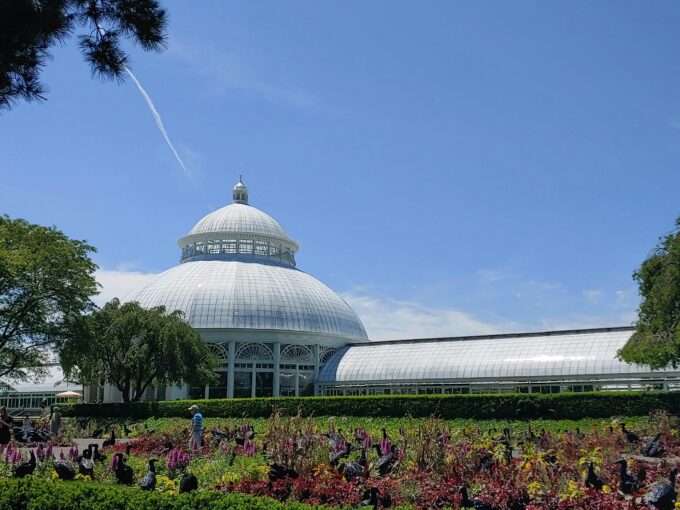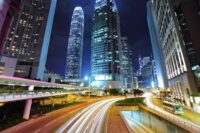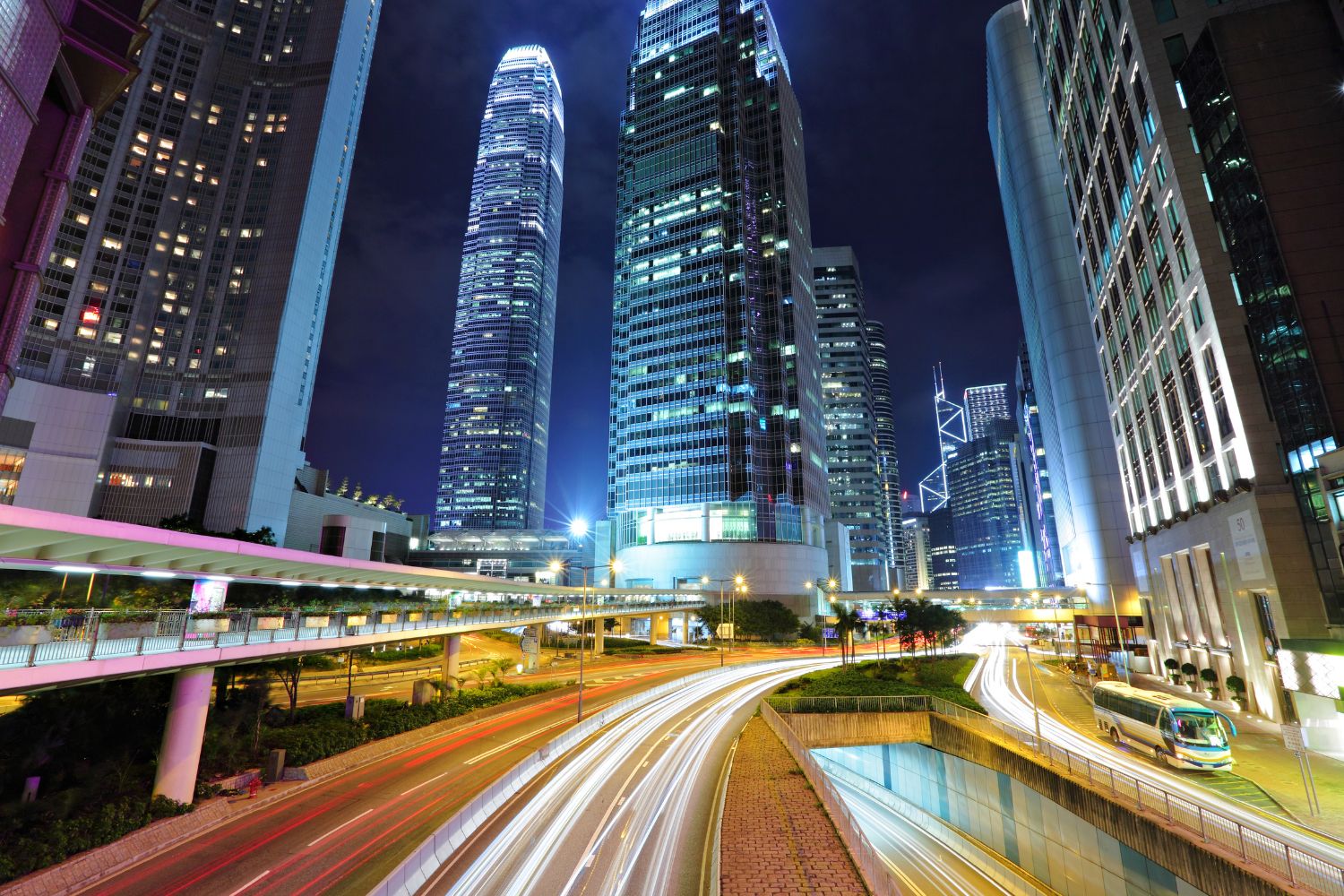- Home
- Articles
- Architectural Portfolio
- Architectral Presentation
- Inspirational Stories
- Architecture News
- Visualization
- BIM Industry
- Facade Design
- Parametric Design
- Career
- Landscape Architecture
- Construction
- Artificial Intelligence
- Sketching
- Design Softwares
- Diagrams
- Writing
- Architectural Tips
- Sustainability
- Courses
- Concept
- Technology
- History & Heritage
- Future of Architecture
- Guides & How-To
- Art & Culture
- Projects
- Interior Design
- Competitions
- Jobs
- Store
- Tools
- More
- Home
- Articles
- Architectural Portfolio
- Architectral Presentation
- Inspirational Stories
- Architecture News
- Visualization
- BIM Industry
- Facade Design
- Parametric Design
- Career
- Landscape Architecture
- Construction
- Artificial Intelligence
- Sketching
- Design Softwares
- Diagrams
- Writing
- Architectural Tips
- Sustainability
- Courses
- Concept
- Technology
- History & Heritage
- Future of Architecture
- Guides & How-To
- Art & Culture
- Projects
- Interior Design
- Competitions
- Jobs
- Store
- Tools
- More
How AI Is Transforming Urban Design for a Sustainable Future: Smarter, Greener Cities
Discover how AI is revolutionizing urban design to create smarter, sustainable cities. From optimizing energy use and transportation to tackling climate resilience and waste management, explore how AI-powered tools enable data-driven decisions, promote green infrastructure, and address the challenges of urbanization for a sustainable future.

Urban areas are evolving faster than ever, and with the challenges of climate change and rapid population growth, we need smarter solutions to build sustainable cities. That’s where artificial intelligence (AI) steps in, reshaping how we design and manage urban green spaces. From optimizing energy use to improving public transportation systems, AI is becoming a critical tool in creating cities that are not only efficient but also environmentally friendly.
By integrating AI into urban planning, we’re unlocking innovative ways to address problems like traffic congestion, resource allocation, and waste management. These technologies allow us to predict future needs, adapt designs in real-time, and make data-driven decisions that benefit both people and the planet. As we explore this exciting intersection of technology and sustainability, it’s clear that AI has the potential to redefine how we build the cities of tomorrow.

Table of Contents
ToggleThe Role Of AI In Urban Design
AI accelerates urban design by efficiently addressing sustainability challenges and managing resources. Its integration enables cities to adopt smarter, more adaptive infrastructures.
Understanding AI And Its Capabilities
AI encompasses machine learning, robotics, and natural language processing, which collectively analyze complex datasets. Algorithms process information from sensors, urban grids, and environmental monitoring systems to provide actionable insights. Predictive modeling allows us to forecast urban trends like traffic patterns, energy demands, and resource allocation. For example, machine learning identifies inefficiencies in city layouts, while neural networks optimize infrastructure planning. Whereas an AI data labeling method enables models to interpret data by annotating infrastructure datasets, to generate accurate insights, and to optimize planning and resource management.
The Need For Sustainable Urban Development
Urbanization increases demand for sustainable solutions to mitigate environmental impact and improve living conditions. Climate change drives cities to reduce emissions, minimize waste, and enhance energy efficiency. AI tools enable data-driven decisions, optimizing urban spaces to balance economic growth with ecological preservation. Using predictive analytics, we address issues like air quality, water scarcity, and waste management in evolving cities. Equitable resource management supports long-term sustainability and resilience.
Applications Of AI In Urban Planning
AI is reshaping urban planning by addressing critical challenges with advanced tools and algorithms. From smarter resource allocation to climate resilience, AI integrates technology to optimize urban systems.
Smart Resource Management
AI enhances resource management by analyzing demand patterns and optimizing usage. Algorithms track water distribution, monitor waste generation, and forecast material needs. For example, AI sensors detect leaks in water pipelines or predict waste collection schedules based on usage trends, reducing resource wastage and enabling efficient distribution.
Optimizing Transportation Systems
AI improves transportation by integrating real-time data to enhance mobility. Machine learning algorithms optimize traffic signals to reduce congestion, while predictive analytics forecast transit demand to adjust bus or train routes. Autonomous vehicles rely on AI for safe navigation, and ride-sharing platforms utilize it to match riders and drivers, reducing emissions and travel time.
Enhancing Energy Efficiency
AI drives energy efficiency by managing consumption and distribution. Smart grids leverage AI-powered analytics to balance electricity supply with demand. For example, AI systems adjust street lighting based on pedestrian activity or recommend energy-saving measures for buildings, significantly lowering energy waste. Renewable energy integration is also guided by AI to ensure stability in urban power systems.
Predictive Modeling For Climate Resilience
AI strengthens climate resilience with predictive modeling to assess risks and plan adaptive strategies. ML algorithms analyze satellite images and weather data to forecast extreme events like flooding or heatwaves. Cities use AI-generated models to identify vulnerable areas, develop mitigation efforts, and improve disaster response, minimizing both economic and human costs.

Benefits Of AI In Creating Sustainable Cities
AI plays a vital role in advancing sustainable urban development by reducing environmental impacts, promoting green infrastructure, and improving decision-making processes. Its applications enable cities to address sustainability challenges efficiently.
Reduction In Environmental Impact
AI minimizes ecological damage by optimizing resource consumption and detecting inefficiencies in real-time. Machine learning models analyze waste generation patterns, energy usage, and water consumption to cut excesses and enhance sustainability. For example, AI-powered waste management systems can identify opportunities for recycling, reducing landfill dependency. Predictive tools also monitor air quality and recommend actions to lower emissions in highly polluted zones.
Promotion Of Green Infrastructure
AI supports green infrastructure by integrating environmental considerations into urban planning. Algorithms analyze land use, climate data, and vegetation patterns to design sustainable landscapes, such as urban forests and green rooftops. Tools like computer vision assess biodiversity levels, ensuring that developments maintain ecological balance. Additionally, AI aids in identifying ideal locations for renewable energy installations like solar panels and wind turbines to maximize efficiency.
Better Decision-Making Processes
AI enhances decision-making through data-driven insights and real-time simulations. It consolidates diverse datasets—such as traffic flows, energy grids, and climate risks—into actionable recommendations for urban planners. For instance, digital twins use AI to simulate urban layouts and test sustainability solutions before implementation. By improving accuracy and reducing response time, AI empowers authorities to prioritize initiatives that balance economic growth with ecological preservation.

Challenges And Ethical Considerations
AI’s integration into urban design brings significant opportunities but also introduces critical challenges and ethical considerations. Addressing these effectively ensures sustainable and inclusive urban development.
Data Privacy Concerns
AI-driven urban planning relies on vast amounts of data, including personal and geospatial information. Protecting this data from breaches and unauthorized use is crucial. For example, smart city systems often collect data from sensors, cameras, and mobile devices, raising concerns about surveillance and potential misuse. Regulatory frameworks, like the GDPR and CCPA, play a vital role in safeguarding user privacy while enabling data-driven urban innovations.
Potential Biases In AI Models
AI models can perpetuate or amplify biases if trained on unrepresentative or biased datasets. This can lead to inequitable urban designs that disproportionately impact vulnerable communities. For instance, algorithms prioritizing traffic flow improvements may overlook underserved neighborhoods lacking adequate infrastructure. Ensuring diverse data inputs and regularly auditing AI systems for fairness helps mitigate such risks and promote inclusivity.
Balancing Technology With Human Expertise
While AI offers advanced tools for urban planning, over-reliance on it can marginalize essential human insights. Urban design benefits from a combination of computational efficiency and human creativity, cultural understanding, and ethics. For example, AI can optimize layouts for energy use, but planners provide context-sensitive solutions addressing community needs. Maintaining this balance fosters equitable and human-centric urban environments.

Future Possibilities For AI In Urban Design
The integration of AI continues to unlock innovative opportunities in urban design, reshaping how cities evolve toward sustainability. By leveraging advancements in AI, we can expect breakthroughs in smart city management and cutting-edge technologies.
AI-Driven Smart Cities
AI-driven smart cities enhance efficiency by interlinking urban systems through real-time data analysis. Predictive algorithms optimize public utilities such as water supply and energy grids to prevent waste and reduce costs. For example, adaptive lighting systems use AI to adjust streetlights based on traffic levels, conserving energy.
Smart traffic management systems leverage AI to monitor congestion, manage signal timing, and minimize travel delays, enhancing urban mobility. Digital twins—virtual replicas of physical spaces powered by AI—allow urban planners to simulate scenarios, assess risks, and optimize city layouts. Additionally, AI-driven waste management solutions use robotics and machine vision to improve sorting efficiencies, boosting recycling rates and reducing landfill use.
Emerging Technologies And Innovations
Emerging AI technologies are driving novel approaches in urban design. Machine learning models analyze satellite images and geospatial data to detect environmental changes and guide sustainable development. Urban air quality sensors integrated with AI predict pollution levels, enabling proactive policies to mitigate emissions.
Advanced robotics automate construction tasks, accelerating the development of sustainable buildings while minimizing material waste. Natural language processing enhances community engagement by analyzing public feedback and integrating residents’ voices into the planning process. Furthermore, advancements in autonomous transportation systems incorporate AI to improve route efficiency, reduce carbon emissions, and support shared mobility initiatives.
By exploring these possibilities, we can expand the potential of AI to create adaptive, sustainable urban environments that align with future challenges.
Conclusion
AI is reshaping urban design by enabling smarter, sustainable decision-making processes and real-time adaptability. It enhances energy efficiency, optimizes transportation networks, and promotes sustainable resource management, ensuring urban environments meet the demands of population growth and climate change. By integrating AI-powered tools, cities gain the ability to forecast trends, develop resilient infrastructures, and create inclusive urban spaces.
Through AI’s applications in predictive modeling, natural language processing, and machine learning, urban planners can design cities that balance economic, social, and environmental needs. As urbanization continues, the role of AI in advancing sustainability and improving quality of life becomes increasingly indispensable.
- AI and urban sustainability
- AI city transformation
- AI for green cities
- AI for sustainable cities
- AI in Architecture
- AI smart infrastructure
- AI urban design
- AI-driven city development
- artificial intelligence in city planning
- eco-friendly urban solutions
- environmentally friendly urban planning
- future of city planning
- future urban environment
- green technology in cities
- green urban planning
- intelligent urban design
- smart cities solutions
- smart city technology
- sustainable city infrastructure
- sustainable urban design
- technology in urban design
- technology-driven city planning
- urban design innovation
- urban sustainability solutions
Submit your architectural projects
Follow these steps for submission your project. Submission FormLatest Posts
Veo 3 for Architecture: Free Prompts & How to Master Visual Design Videos
Veo 3 introduces AI-powered video generation for architecture, allowing designers to present...
Midjourney Video Update: A New Era for AI Architecture & Landscape Design
Midjourney’s new video feature introduces AI-powered animation for architectural and landscape renders,...
Google Nano Banana and Architecture: What This New Image Generator Means for Designers
Nano Banana is a new benchmark for testing how well AI models...
The Ethics of AI in Architecture
Ethics of AI in architecture, clarified: bias audits, human-in-the-loop guardrails, IP and...












Leave a comment